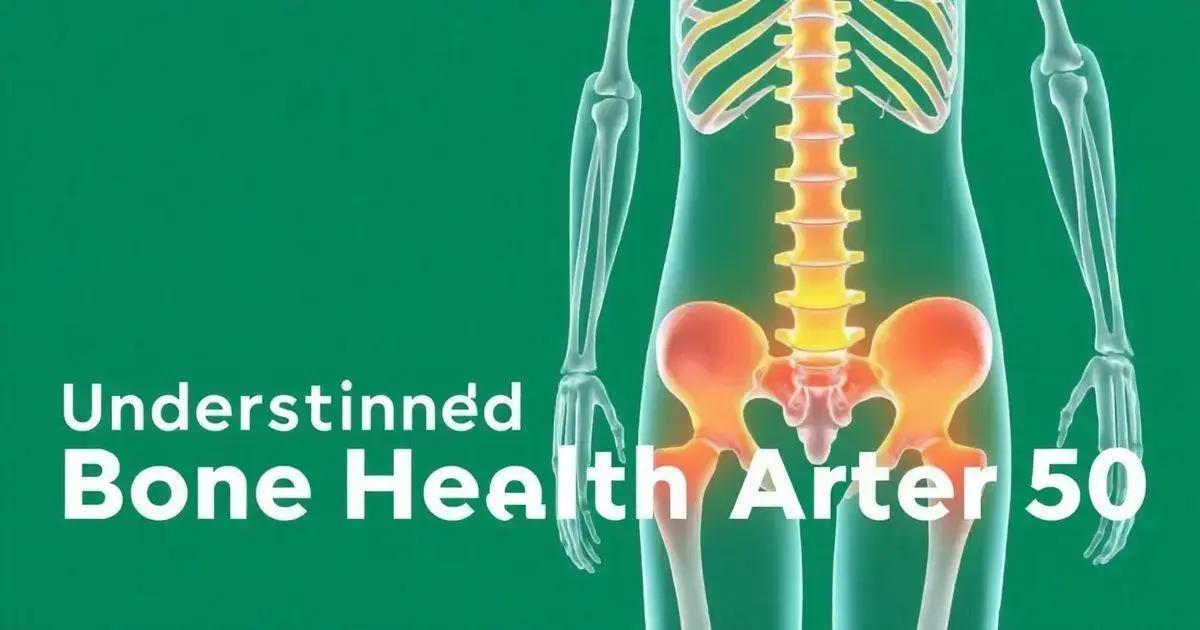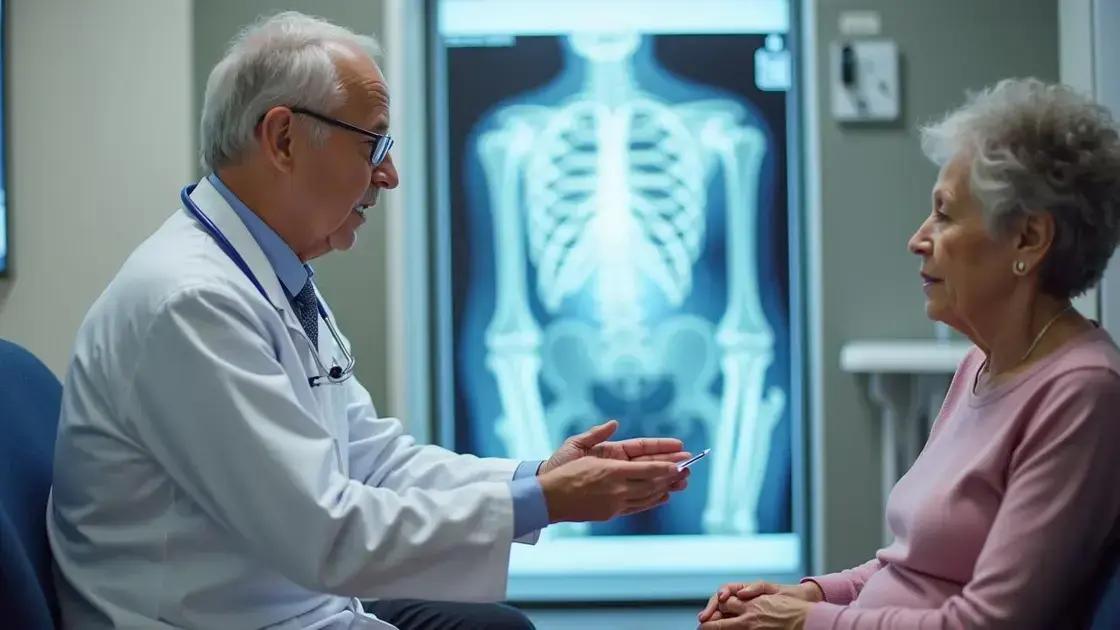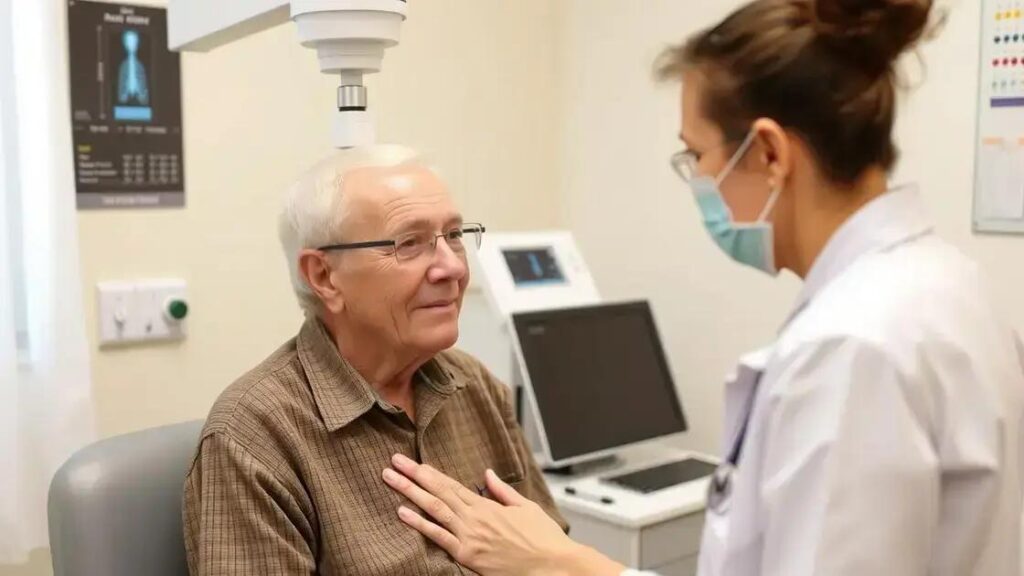The importance of bone density testing after 50 cannot be overstated, as it allows for early detection of osteoporosis and related conditions. Preparing for the test involves consulting your doctor, wearing appropriate clothing, and avoiding calcium supplements beforehand. After the test, managing your bone health through a balanced diet, regular exercise, and following medical advice is essential for maintaining strong bones and preventing fractures.
As we age, particularly after the age of 50, bone density testing becomes an essential element in maintaining our overall health. The importance of bone density testing after 50 lies in its ability to identify potential health risks such as osteoporosis. Regular testing can help catch issues early, allowing for timely interventions to protect and strengthen your bones. In this article, we will explore understanding bone density, the reasons testing is crucial after 50, how to properly prepare for your test, and strategies for managing bone health after your results.
Understanding Bone Density

Bone density refers to the amount of mineral matter, particularly calcium, present in a specific volume of bone. It serves as a critical indicator of bone strength and overall skeletal health. As we age, our bone density naturally decreases, leading to an increased risk of fractures and conditions like osteoporosis.
How is Bone Density Measured?
The most common method for measuring bone density is a Dual-Energy X-ray Absorptiometry (DXA) scan. This quick and painless test uses low-dose X-rays to assess bone mineral density in key areas, typically the hip and spine. The results are reported in terms of T-scores, which compare your bone density to that of a healthy young adult.
Factors Affecting Bone Density
Many factors contribute to bone density levels, including:
- Genetics: Family history can play a significant role in your bone health.
- Age: Bone density tends to decrease as you grow older.
- Gender: Women are at a higher risk of bone density loss, especially after menopause due to hormonal changes.
- Diet: A diet low in calcium and vitamin D can negatively impact bone health.
- Activity Level: Weight-bearing exercises can help maintain or improve bone density.
The Role of Hormones
Hormones, particularly estrogen in women and testosterone in men, play a crucial role in maintaining bone density. A decrease in these hormones can lead to increased bone loss. Understanding your hormonal health is essential for managing your bone density effectively, especially after the age of 50.
By understanding bone density and its significance, individuals can take proactive steps to maintain their bone health and reduce the risk of serious complications associated with low bone density.
Why Testing is Crucial After 50

Getting a bone density test after 50 is essential for several important reasons. As we age, our bones become weaker and less dense. This puts individuals at a higher risk for fractures and conditions like osteoporosis. Therefore, testing is a proactive approach to monitor bone health.
Increased Risk of Osteoporosis
Osteoporosis is a silent disease that often develops without any noticeable symptoms. After the age of 50, the risk substantially increases, especially in women after menopause. Detecting low bone density early can help in taking preventive measures.
Guiding Treatment Plans
Bone density testing provides vital information that helps healthcare providers develop personalized treatment plans. Knowing your T-score can guide you in understanding whether you need lifestyle changes, medications, or supplements to improve bone health.
Preventing Serious Consequences
A fracture due to low bone density can lead to severe complications like prolonged pain, reduced mobility, and even increased mortality rates. Regular testing helps catch issues early, allowing for timely interventions that can prevent such outcomes.
Recommended Screening Guidelines
The National Osteoporosis Foundation recommends that women over 65 and men over 70 get a bone density test. Additionally, those over 50 with risk factors such as a family history of osteoporosis, previous fractures, or certain medical conditions should consider testing.
Overall, understanding why testing is crucial after 50 can empower individuals to take charge of their bone health.
How to Prepare for a Bone Density Test

Preparing for a bone density test is important to ensure accurate results. Here are some simple steps you can follow:
1. Consult Your Doctor
Before the test, speak with your healthcare provider about any medications you are taking. Certain medications, including some supplements, can affect your bone density results. Your doctor can give you specific instructions on what to do.
2. Dress Comfortably
On the day of the test, wear loose-fitting clothing without metal fasteners. Avoid wearing jewelry, belts, or any clothing with zippers, as they can interfere with the scanning process.
3. Avoid Calcium Supplements
It is recommended to stop taking calcium supplements for at least 24 hours before your test. Calcium can temporarily increase bone density readings, leading to inaccurate results.
4. Stay Hydrated
Drink plenty of water before the test. Staying hydrated can help improve your overall health and comfort during the process.
5. Be Relaxed
Try to stay calm and relaxed before your appointment. Stress and anxiety can affect your body and the test results. Practice deep breathing or listen to calming music while waiting for your test.
Following these steps can help you prepare effectively for your bone density test and ensure you receive accurate information about your bone health.
Managing Bone Health Post-Test

Managing your bone health after a bone density test is crucial for maintaining strength and reducing the risk of fractures. Here are key steps you should follow:
1. Understand Your Results
After your bone density test, review the results with your healthcare provider. Understanding your T-score is essential. A lower score indicates a higher risk of osteoporosis, so it’s important to follow recommended actions based on your results.
2. Make Dietary Changes
Nutrition plays a vital role in bone health. Focus on foods rich in calcium and vitamin D. Good sources include:
- Dairy products: Milk, yogurt, and cheese.
- Leafy greens: Kale and spinach.
- Fish: Salmon and sardines.
- Fruits: Oranges and figs.
3. Exercise Regularly
Engaging in weight-bearing exercises can help strengthen bones. Consider activities such as:
- Walking: A simple and effective way to maintain bone strength.
- Strength training: Using weights or resistance bands.
- Balance exercises: Tai chi or yoga to improve stability and prevent falls.
4. Follow Medical Advice
If your healthcare provider has prescribed medication or supplements, ensure you take them as directed. Regular follow-ups will help track your bone health effectively.
5. Lifestyle Modifications
Avoid habits that can harm your bone health. Limit alcohol intake and quit smoking, as both can lead to bone density loss. Additionally, ensure you’re getting enough sunlight for vitamin D synthesis.
By implementing these strategies, you can manage your bone health effectively after a bone density test, keeping your bones strong and healthy.
Concluding Thoughts on Bone Density Testing After 50
Bone density testing after the age of 50 is essential for maintaining strong and healthy bones. By understanding bone density, recognizing the importance of regular testing, preparing effectively, and managing bone health after the test, individuals can take proactive steps to prevent serious conditions like osteoporosis.
Incorporating dietary changes, regular exercise, and following medical advice plays a vital role in enhancing bone health. These collective efforts not only lead to better health outcomes but also improve the overall quality of life.
Remember, early detection and management are crucial, so stay informed and proactive about your bone health as you age.
FAQ – Frequently Asked Questions about Bone Density Testing After 50
Why is bone density testing important after age 50?
Bone density testing is crucial after age 50 because the risk of osteoporosis increases significantly, helping to identify bone health issues early.
How is bone density measured?
Bone density is typically measured using a Dual-Energy X-ray Absorptiometry (DXA) scan, which provides a T-score comparing your bone density to that of a healthy young adult.
What should I do to prepare for a bone density test?
To prepare for a bone density test, consult your doctor about medications, wear loose clothing without metal, avoid calcium supplements for 24 hours, and stay hydrated.
What can I do to manage my bone health after the test?
To manage your bone health, focus on a diet rich in calcium and vitamin D, engage in weight-bearing exercises, follow your doctor’s advice on supplements, and avoid harmful habits like smoking.
How often should I get a bone density test?
The frequency of bone density testing depends on your risk factors and previous results. Generally, it is recommended to have a test every 1-2 years for those at risk.
What are the risk factors for low bone density?
Risk factors for low bone density include age, gender, family history of osteoporosis, low body weight, a sedentary lifestyle, and certain medical conditions.













